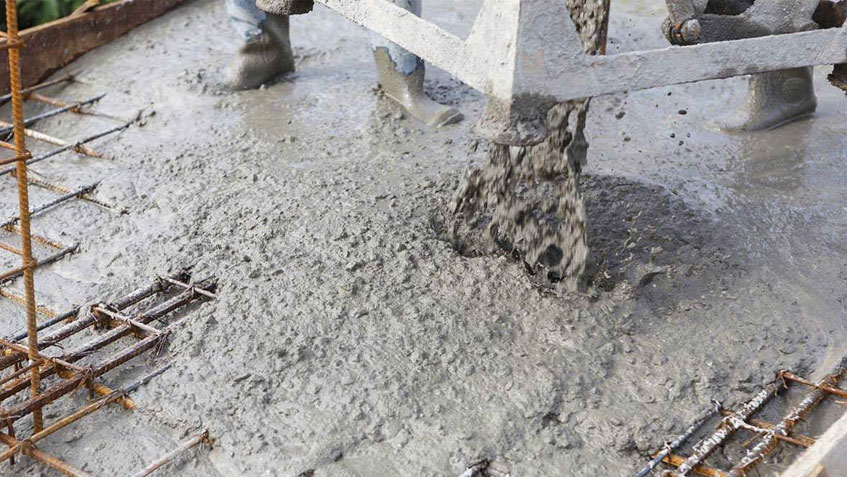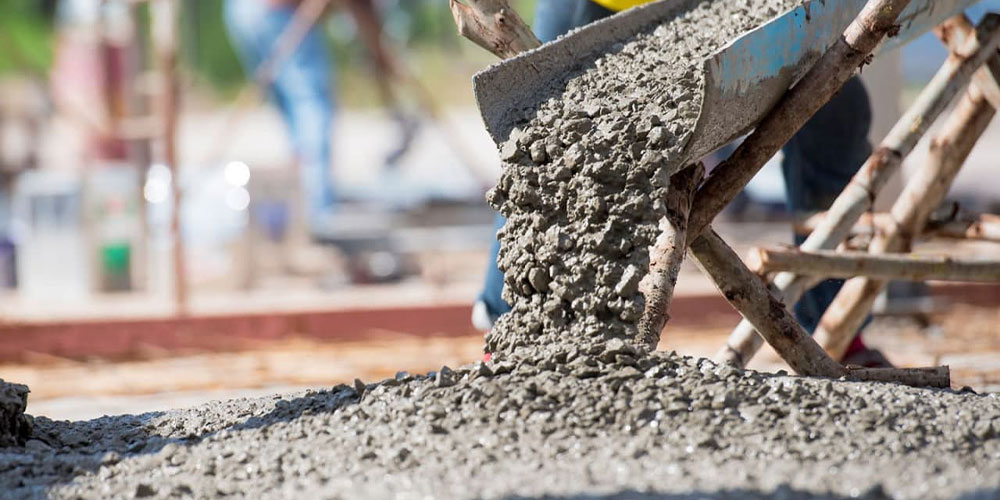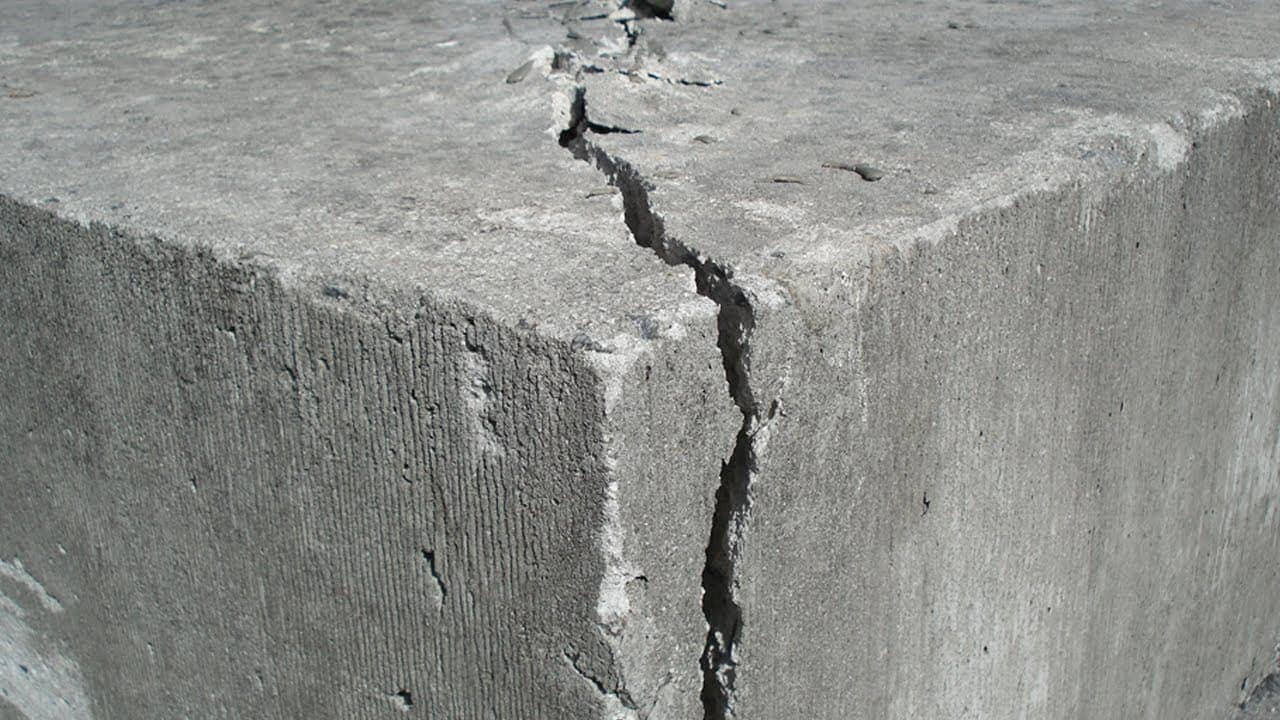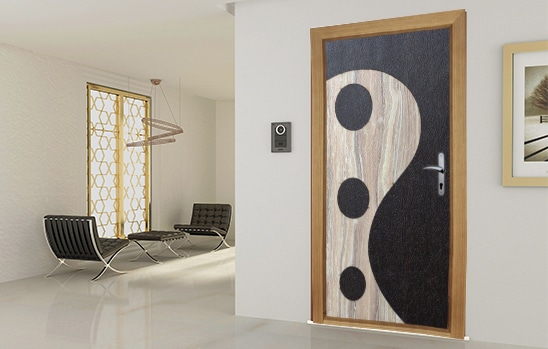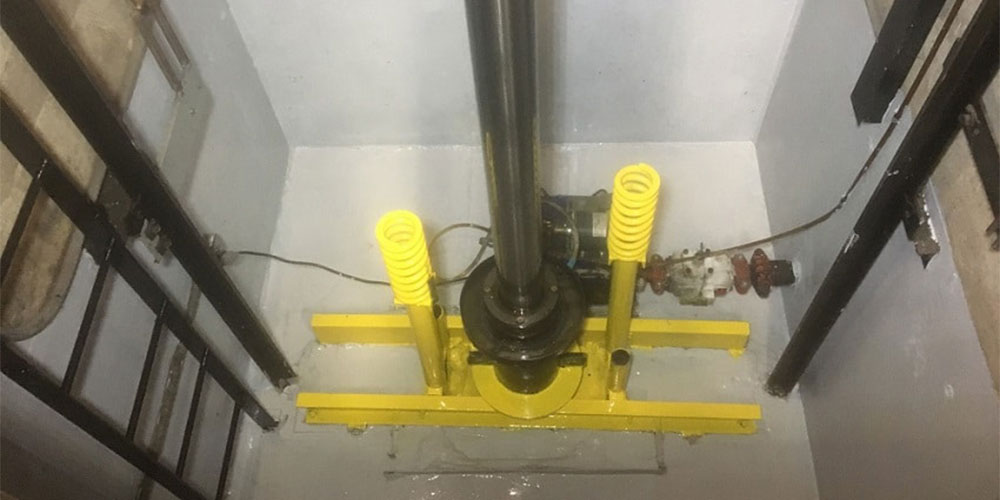Cement Selection:
The use of low heat hydration cements, whether for application in waterproofing and strengthening mortars or in concrete mixes, can somewhat mitigate issues related to the increase in concrete temperature. However, it should be noted that the use of specific cements with different types does not eliminate the need for necessary precautions.
Although low heat hydration cements hydrate more slowly than ordinary cements at normal temperatures, their hydration rate increases with rising temperatures.
When concrete heats up, it loses its workability faster than when it is cold. Additionally, when low heat cement is used, the temperature of the concrete may be somewhat lower at all stages. However, in drying conditions, water evaporation during mixing, transport, pouring, expansion, and curing will be accelerated.
To prevent defects such as plastic shrinkage cracking or wind-induced cracking, measures must be taken to minimize this evaporation.
Measures such as: precise use of sealing products, fibers, and mesh; selection of cement meeting required standards; use of double-washed sand free of soil; use of silica instead of stone powder or high-quality stone powders; and careful mixing of mortar.
Storage conditions for concrete materials, cement, and waterproofing products:
To achieve the best possible qualitative and quantitative results for various types of mortars, such as facade and floor cement mortars, mass concretes, waterproofing mortars, grout, stone installation mortars, tiles, ceramics, etc., it is advisable to place the required materials for each workday in a shaded and cool location one day in advance.
All concrete additives and also the repair and waterproofing products from NSG, such as N50 concrete adhesive and additive, B70 mortar adhesive and additive, Z90 waterproofing adhesive and resin, PADAB waterproof grout gel, SQ2000 crystallizing powder, MA700 fast-setting powder, etc., must be stored under proper storage conditions.
In situations where the air temperature is between 15 to 22 degrees Celsius and the mixing water and aggregates are cool, the thermal contribution from cement to concrete is minimal. However, under truly hot conditions, the use of warm cement introduces a greater amount of unwanted heat into the concrete.
Therefore, the use of warm cement should be avoided as much as possible, especially in mortars intended for applications such as plastering, screeding, or waterproofing and addressing moisture issues in structures.
Water Characteristics Required in Concrete Mixture, Concrete Materials, and Waterproofing:
According to experience, the water required for concrete and waterproofing mortars must be of neutral pH (neither acidic nor alkaline) and should ideally have a maximum temperature of 20 degrees Celsius. Sometimes, it is suggested to cool the mixing water; while theoretically desirable, in practice, the amount of ice needed for large pours is rarely available in a short time at an appropriate rate. It should be noted that mortars used for cementing and waterproofing tanks, pools, and outdoor areas must begin curing and surface wetting immediately after the initial setting stages due to exposure to direct sunlight.
In cases where the water supply comes from storage tanks, these tanks should be covered with breathable coverings or shaded and painted with reflective colors to protect them from solar radiation.
If the water is sourced from a municipal supply line or long hoses connected to the main pipeline, thermal absorption should be minimized by covering them or by piling soil on top, and if possible, by burying the pipes.
Mixing and Transport:
Even under optimal conditions, there should be no unnecessary delay between concrete mixing and placement.
Mixing of materials and products of NSG Company:
For the purpose of waterproofing, strengthening, and addressing dampness, as well as enhancing the flexural and tensile strength of concrete and hardening mortars for stone and ceramic installations, it is advisable to mix products for same-day use. Furthermore, mixed mortar should not be left exposed in dry and hot conditions for extended periods.
Due to the high temperature effects on hydration reactions and the resulting heat causing water evaporation and hardening, this leads to reduced concrete performance. Since none of these factors can be halted, the best and only way to combat this is to place the concrete immediately after mixing.
Additionally, adding water to mortar that has already set (with 60% of hydration completed) is not recommended under any circumstances.
Water can only be added to mortars that have just begun to dry and show no signs of hardening. Adding a small amount of adhesive and additives like N50 concrete additive and B70 mortar can compensate for the lost properties of the mortar and enhance its hardness.
Concrete Placement and Finishing:
During the placement (vibration) of concrete, high precision must be employed to ensure that no air remains trapped within the concrete or mortar, and that air is expelled as much as possible. This is crucial because trapped air within a mass of concrete and mortar can lead to spalling.
It is preferable for the concrete to be vibrated immediately during the final stage of setting in the mold. Adhesives and additives such as N50 for concrete, B70 for mortar, and Z90 for waterproofing and resin, which are composed of nanopolymers, possess unique characteristics in this regard.
Conditions should always be created to ensure that water present within the depth of the concrete and mortar is transferred to the surface uniformly and swiftly. Otherwise, the surface of the concrete may shrink, leading to cracks.
In waterproof concrete and mortars used for constructing pools, rooftops, roof gardens, facades, sanitary facilities, flooring in halls, parking lots, and other areas where waterproofing and moisture control are critical, these cracks can cause significant issues.
While these cracks may not be structurally significant in reinforced concrete and non-waterproof mortars where waterproofing is not a concern, they can sometimes penetrate deeply and potentially cause corrosion of reinforcement bars in proximity, ultimately leading to hidden weaknesses in the structure.
Therefore, it is strongly recommended to use N50 adhesive for concrete and mortar as well as B70 adhesive and additives before mixing. Measures should be taken immediately after placing the concrete to positively reduce evaporation.
Proposed Methods:
Establish temporary windbreaks on the windward side.
Mist spraying water as soon as possible (to increase humidity in contact with the concrete).
Direct spraying of water immediately after initial setting (approximately 6 to 8 hours after pouring).
Anticipate coverings like wet burlap on the surface of the concrete or mortar.




